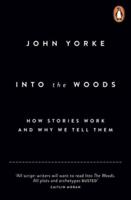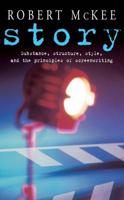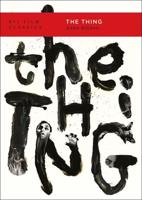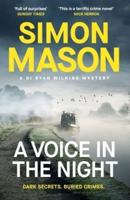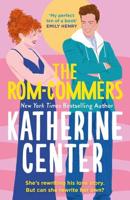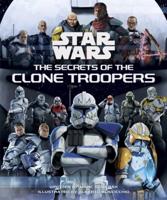Publisher's Synopsis
Designed to teach the entire process of video production or "filmmaking" from writing the story, to picking a camera, lighting a set, sound recording methods, editing, special effects with chroma key, creating a simple music score using a low cost keyboard, tips on financing, distribution, tips on casting actors and a list of recent union rates in Los Angeles to give you a starting point in budgeting a script or a production on a major scale. Contains many photographs and drawings. Includes a history of the photographic process, electronics and television. A bibliography with links to other sources and references sources. While aimed at "Youtube" type producers of blogs, short subjects, and streaming programs, this books arms one with enough information to tackle feature project and demo videos on any budget from a few hundred dollars on up. Covers the production on music concert videos, staged music videos, TV commercials, documentaries and longer projects. The author worked in media for decades and was a contributor to magazines with articles on editing, stock footage, the use of music in film production.
-It will also show you how to do ALL of that yourself, on almost any budget.
-You'll learn about the gear you need like cameras, tripods, lighting, editing software, editing computer.
-Story & Script, the logline, a spec pitch that went to pilot, Joseph Campbell and the Hero's Journey, John Truby and the Anatomy of Story, the writing concepts of Syd Field, Christopher Vogler, Michael Hague, plus outlines, the screenplay, free and demo screenwriting software sources, adapting a book into a movie, music synchronization licenses.
-Finding actors and crew members. Free casting tools. Paid casting services.
-A look at cameras, including f/stop, t/stops, depth of field, focal lengths, distortions, filter, matte boxes, global and rolling shutters, and lens mounts.
-How to budget and plan a production economically.
-Business types for setting up your production company. How to protect your assets and a discussion of liabilities and taxes.
-Copyrights and licensing information.
-Making a storyboard and using it for shooting, editing, and composing.
-The shoot itself, framing shots, the master shot, the close shots, reverse angles, the 180 rule, lighting a set with sample diagrams, night for day shots, day for night shots, doing coverage of a scene, the role of the script supervisor.
-Special Effects, blue, green, and yellow screen, examples.
-Editing 16 and 35mm movie film, analog videotape using an edit controller, digital file types, editing software, the timeline, dialog editing, background, music, and room tone tracks.
-A primer for Composing Music, learning how to count to make chords and patterns, major chords, minor chords, sevenths, major sevenths, diminished, perfect seconds, including a template for a key wheel to help you change keys and know what notes makeup what chords. Concepts that the video person who is all thumbs can use to make their own basic backgrounds scores if they can't find a composer.
-The new ASCAP and BMI Cue Sheets so you can get paid for any music when your productions air on broadcast or network television. Also covers the Harry Fox Agency for the licensing of your song, your music or to obtain permission to use someone else's tunes.
-The history of imaging, optics, the photographic process, projectors, sound recording, tube electronics, television, audio recording, the how and why of film speeds, how color movie film works, how color television works, the differences between American and European film and video, the digital age, SD, HD, 4k and 8k. A look at the mystical color spaces of YUV and YIQ. -Distribution concepts for your films.

